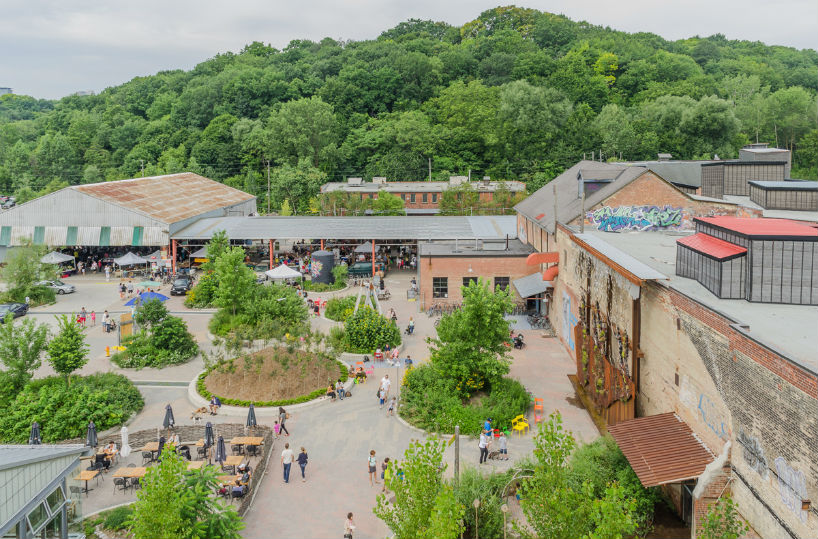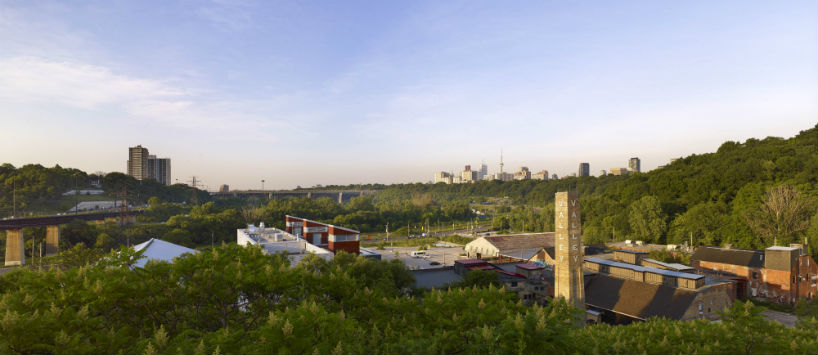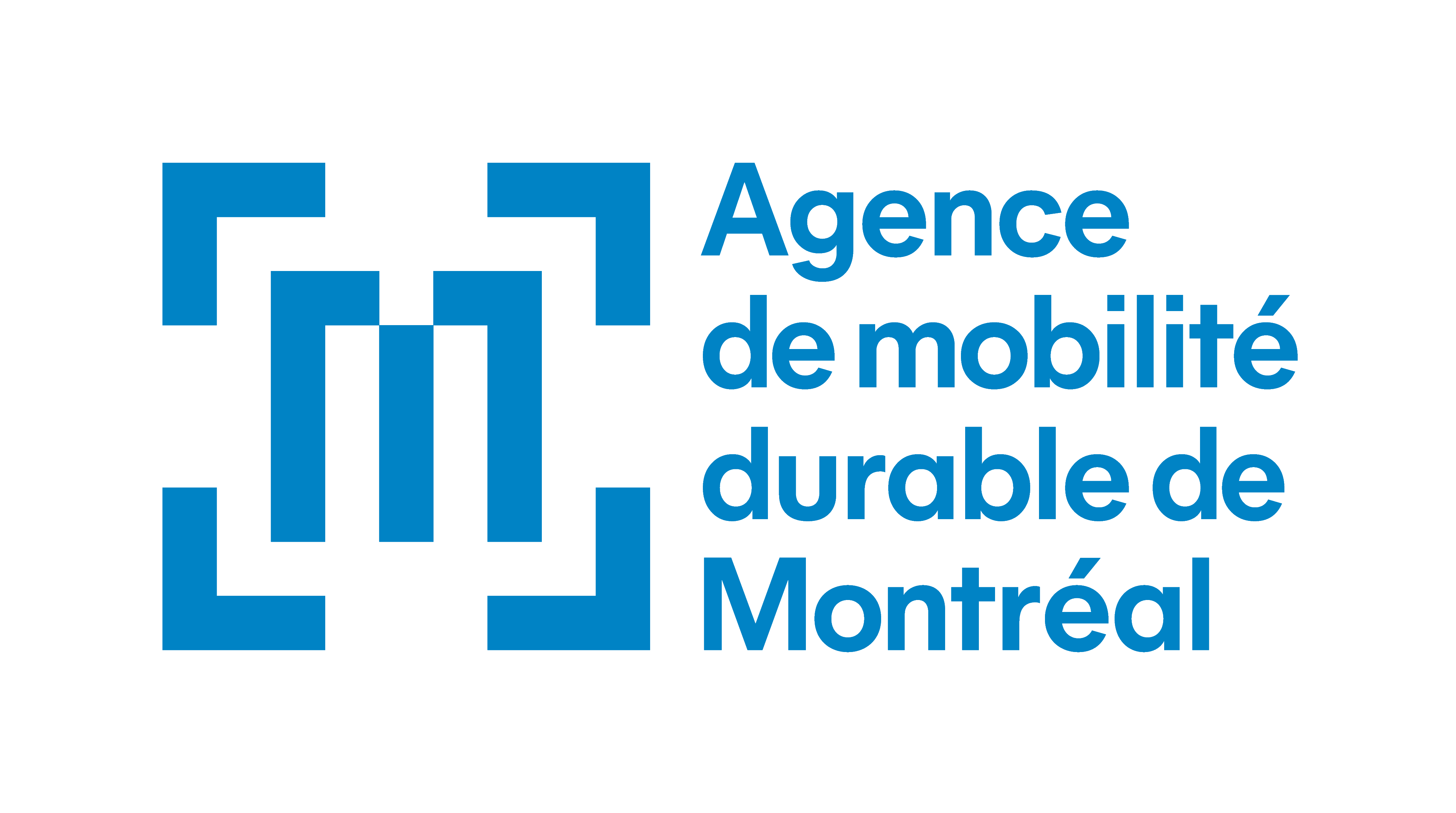A few years ago, Toronto’s historic Don Valley Brick Works factory was transformed from an underused, deteriorating collection of buildings into a thriving community environmental centre, Evergreen Brick Works.
We met with Geoff Cape, the CEO of Evergreen, a 25-year-old not-for-profit in Toronto that’s devoted to the idea of urban sustainability. Cape is a board member at Sustainable Development Technology Canada, a fellow at the Rockefeller Foundation, and a regular participant at the World Economic Forum in Davos. Since 1991, Evergreen has been the steward of the site and historic buildings of the Brick Works, which it runs, in its words, as “a community environmental centre that inspires and equips visitors to live, work and play more sustainably.”
How did the Brick Works get started?
The development of the Brick Works as a site emerged as a big idea in 2001, largely inspired by business entrepreneur and philanthropist Bill Young, who believed that charitable organizations could get into business models that had built-in revenue streams. He really inspired me to rethink Evergreen’s business model. The idea at the time was for Evergreen to develop the Brick Works with multiple onsite revenue-generating activities that would support our charitable mandate. That led to creating office spaces, a restaurant, a farmers market, kids camps, and a number of events here that would attract people to explore the concept that we were putting forward. The fact that many of those ideas were revenue-generatings was a radical idea for us at the time. These days, charitable organizations are moving towards creating a revenue stream. I think the most creative domain of the economy right now is that middle zone that , finds ways to integrate public good with revenue generation, without which it would be difficult to envision.

Evergreen Brick Works is a community environmental centre that inspires and equips visitors to live, work and play more sustainably
It’s been touted as one of the most innovative approaches to urban sustainability on the planet. How did you manage to do this?
Having an amazing location where we integrate nature, these heritage buildings and some of the most progressive green building designs all in one complex. There’s a version of this in London called The Crystal [owned and operated by Siemens] and something a little bit along these lines in Singapore called the Centre for Liveable Cities, but there are very few examples of a large-scale site like ours in the middle of the city, but integrated into the natural landscape.
What’s your most successful project so far?
The farmers market [every Saturday from 9am-1pm], where we generate revenue from upwards of 100 vendors. We’re creating an economic opportunity for a lot of marginalized food producers and farmers who are otherwise excluded from the economy. We found a way to monetize that, and it’s become the most successful farmers market in the city, injecting between $5 million and $8 million into the Toronto economy each year.

What’s next?
We’ll be hosting an expo presenting a comprehensive global review of innovation around mobility and transportation, and we have an exhibit on right now featuring Ed Burtynsky’s aerial photography of Lagos. There’s also a national program we’re beginning to develop, linking 16,000 Canadian schools together to create hubs of innovation.
Infolettre
Envoyée tous les jeudis.
Inscrivez-vous.
Suivez l’actualité de l’économie positive et engagée.
Emplois
Trouvez l'emploi idéal.
Événements
Nos prochaines activités.


